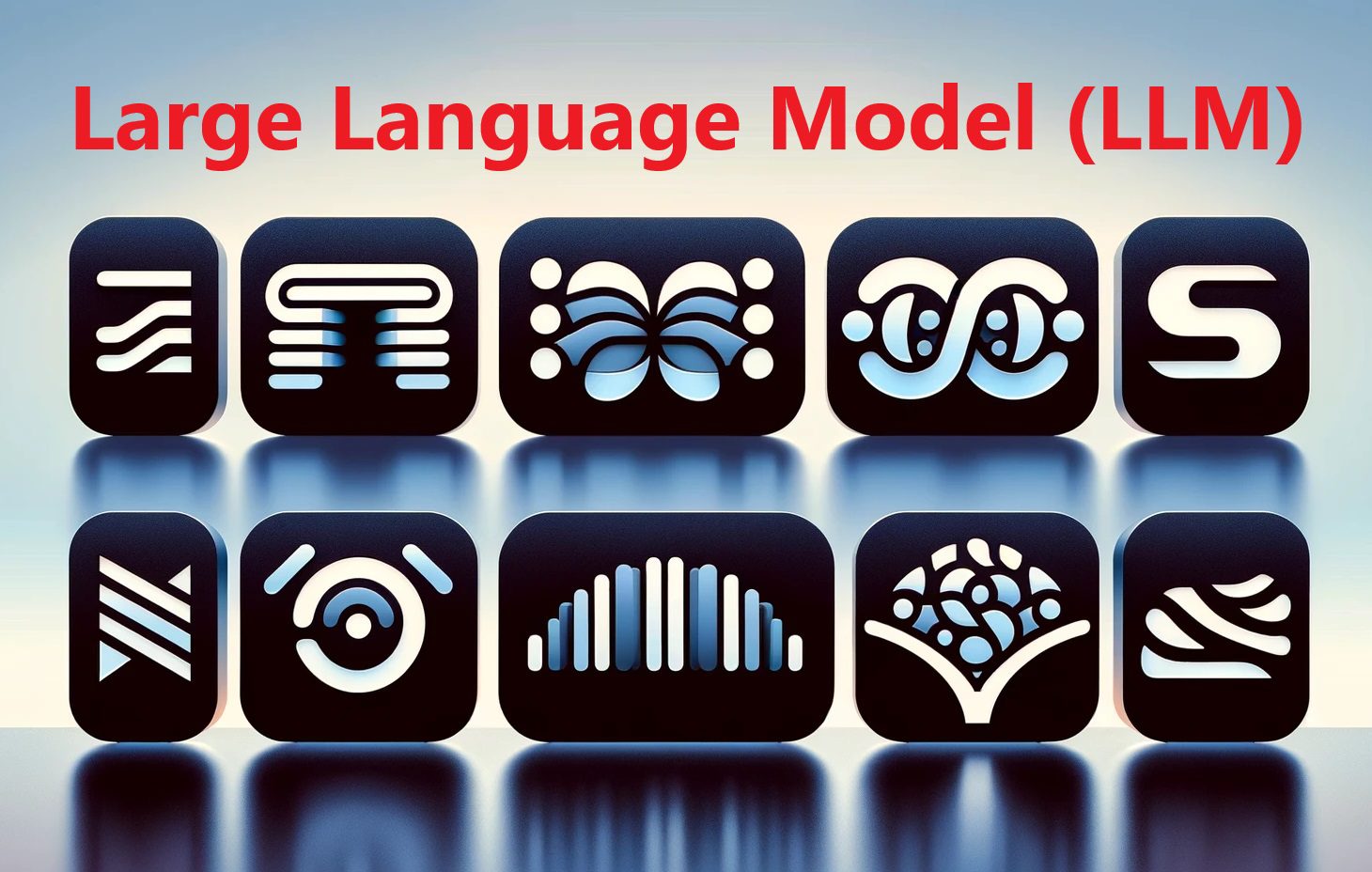Table Of Content
What is a Large Language Model (LLM)?
Let’s talk about something fascinating at the core of generative ai: Large Language Models, or LLMs. These giants of the artificial intelligence world are essentially complex brains designed to understand and generate human-like text. Imagine having a chat with a machine that can compose poems, crack jokes, or even draft an email on your behalf. That’s what LLMs can do.
How Do They Work?
At their core, LLMs are powered by something called deep learning, specifically using a structure known as the transformer architecture. This setup allows them to process vast amounts of text data, picking up on the nuances of language, from grammar to slang. They’re trained on billions of pages of text, learning to predict the next word in a sentence in a way that’s contextually appropriate. It’s like they’re constantly playing a game of “guess the next word,” getting better each time they play.
Practical Magic: Using LLMs
You might be wondering, “How does this affect me?” Well, LLMs are more than just a cool tech novelty. They’re embedded in tools you might use daily. From chatbots that help you navigate customer service, to email autocomplete features that guess what you’re about to type next. They’re even behind the scenes, aiding researchers in summarizing scientific papers or translating languages at the click of a button. What’s more, developers can tap into their power to write or review code, thanks to LLMs understanding programming languages as well.
Chatting with Giants: Examples of LLMs
Some of the big names you might have heard of include OpenAI’s GPT series, Google’s Gemini, Apple ReALM, Anthropic Claude, Meta Facebook LLama, Falcon LLM from UAE and AI21 Labs’ Jurassic-1. Each of these models has its own specialties and strengths, from crafting detailed responses to specific prompts, to understanding complex technical documents.

A Word of Caution
While it’s exciting to interact with these intelligent models, it’s crucial for you to remember they’re not perfect. Their knowledge is limited to the information they were trained on, and sometimes they can produce inaccurate or biased responses. This is why developers are continuously working on refining these models, ensuring they provide more accurate and ethical outputs
So, next time you encounter a surprisingly articulate chatbot or a helpful email suggestion, you’ll know there’s a large language model working its magic behind the screen.

